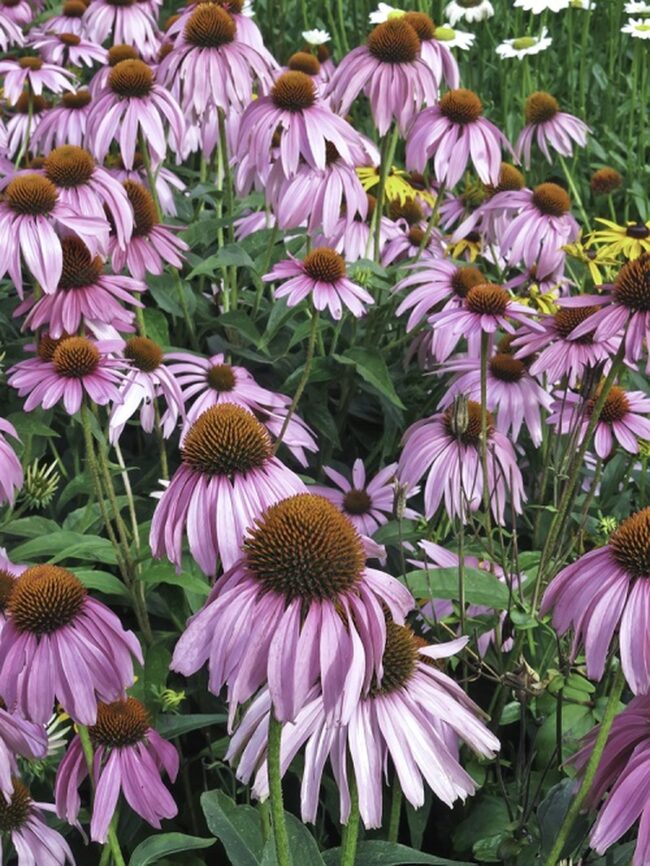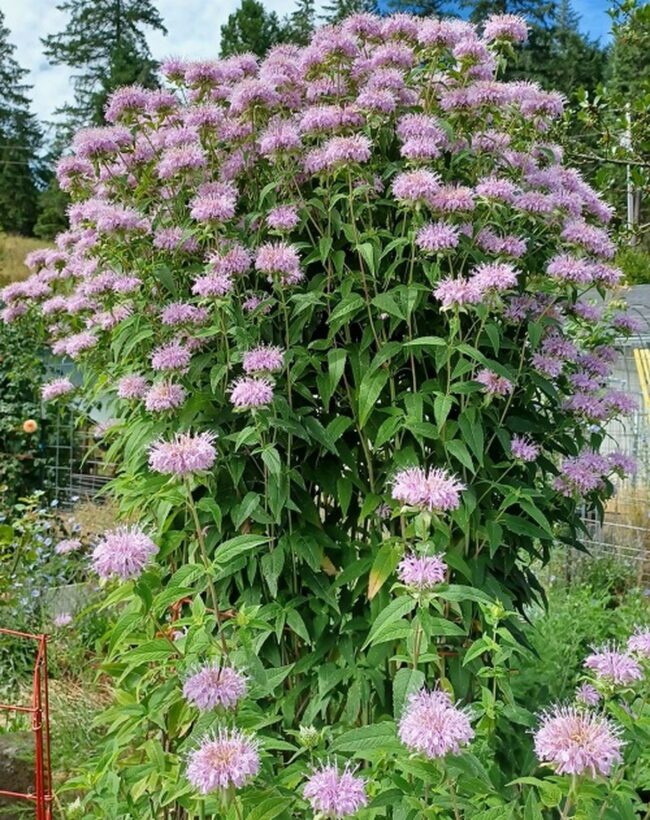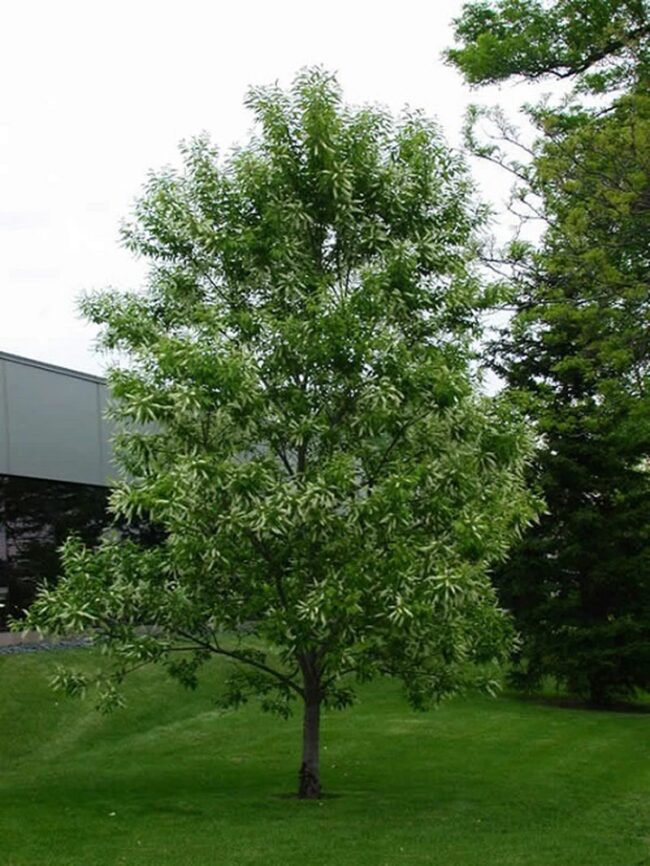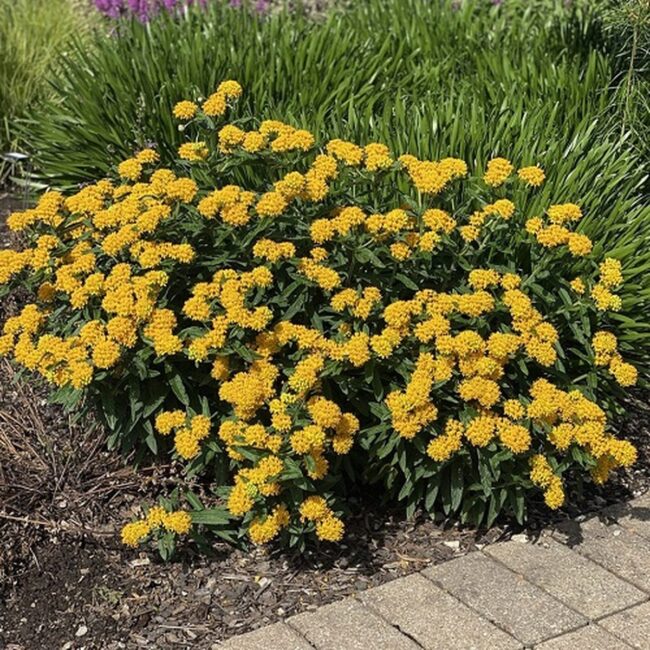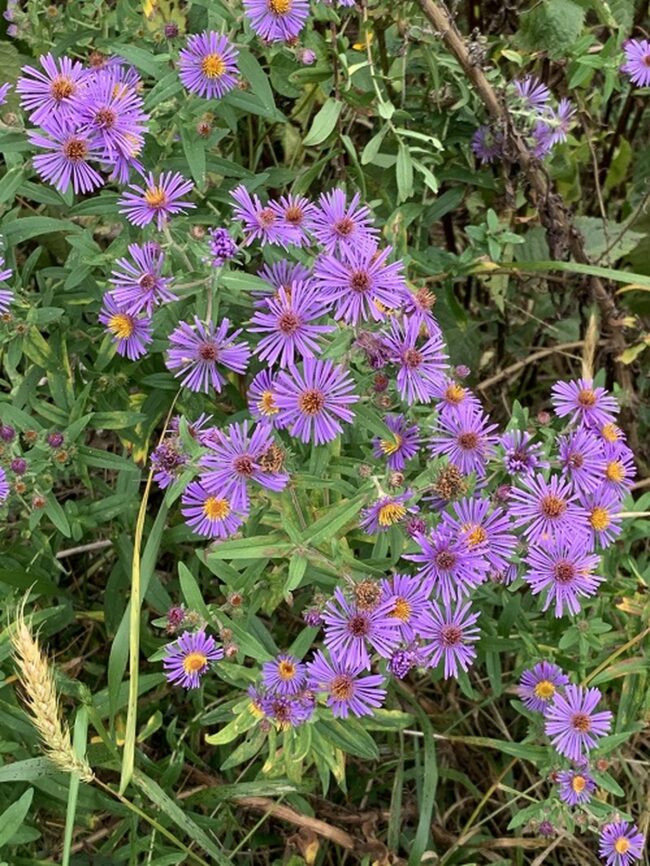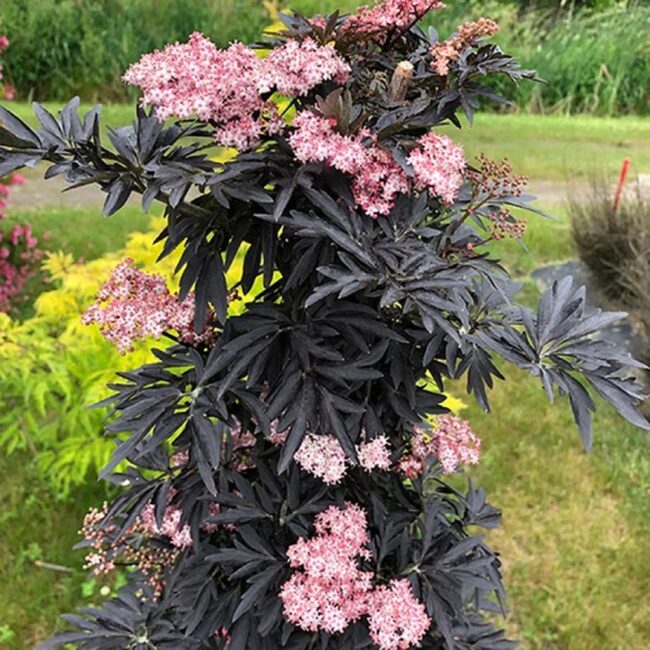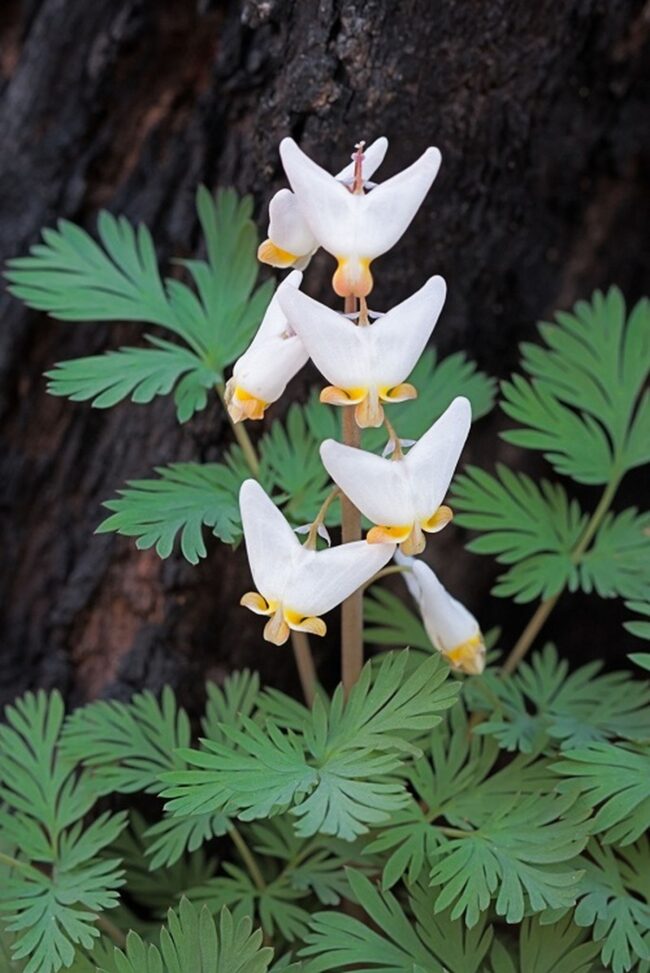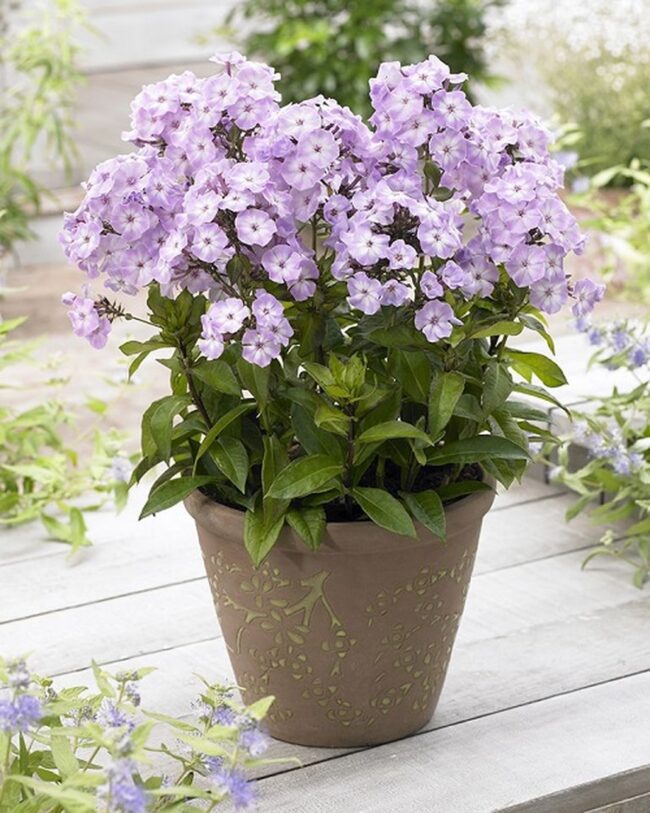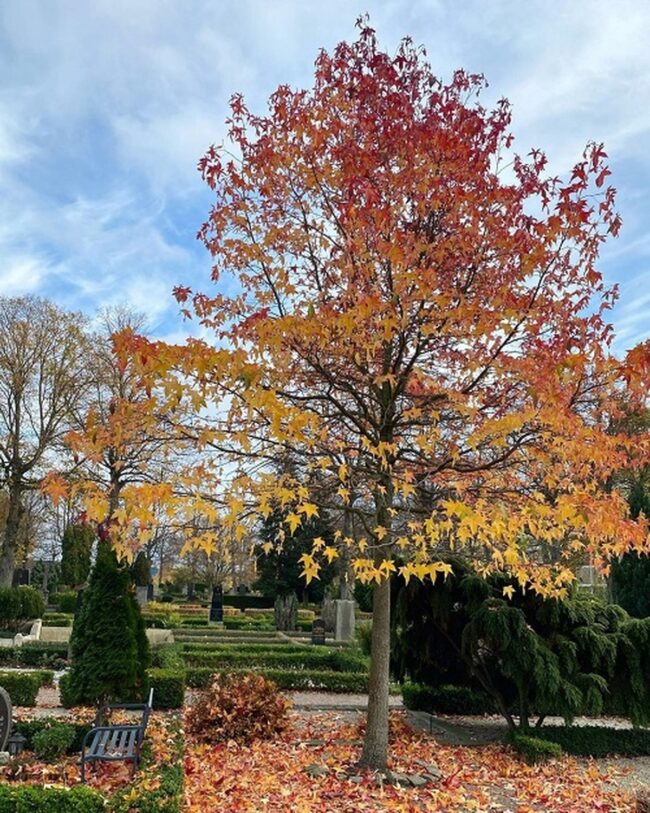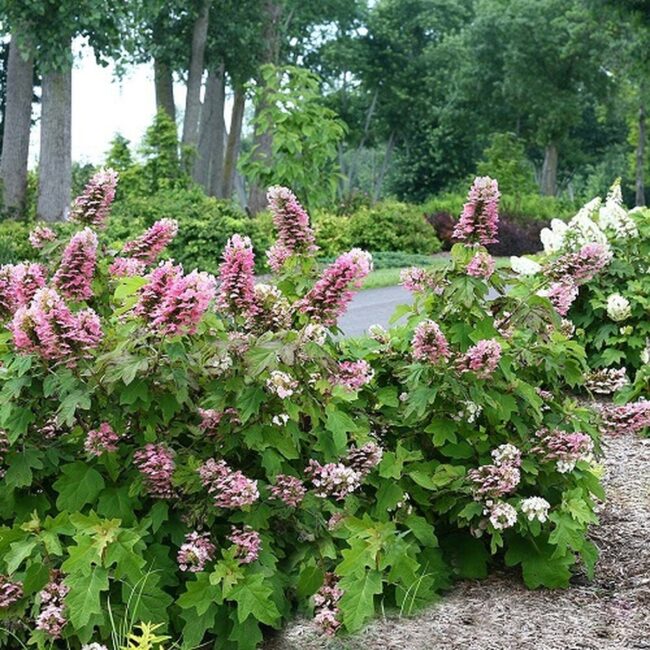15 Gorgeous Chicago Native Plants for Your Enchanting Garden
Native plants are the hidden gems of Chicago's diverse and resilient ecosystem.
The Windy City's landscape boasts a remarkable collection of indigenous flora that thrives in its unique environmental conditions.
Chicago's natural environment supports an incredible variety of plants that have adapted perfectly to the region's challenging climate and soil types.
These remarkable green inhabitants contribute significantly to local biodiversity and provide essential support for wildlife and ecological balance.
Gardeners and nature enthusiasts can discover stunning plant species that not only beautify landscapes but also create sustainable and low-maintenance green spaces.
Local ecosystems benefit tremendously from these authentic botanical treasures that have roots deeply embedded in the regional terrain.
Selecting native plants represents a smart and environmentally conscious approach to landscaping that celebrates Chicago's natural heritage.
Pale Purple Coneflower
Pale purple coneflower graces gardens with elegant lavender petals that dance around dark central cones.
Native landscapes welcome this hearty perennial for its remarkable adaptability across different soil types.
Butterfly and bee populations thrive near these hardy wildflowers that reach impressive heights around three feet tall.
Prairie regions appreciate its drought-resistant nature and low maintenance requirements.
Summer meadows sparkle with delicate purple blooms that sway gently in warm breezes.
Pollinators absolutely adore these nectar-rich blossoms that provide essential food sources during blooming seasons.
Culver’s Root
Culver's root are elegant botanical sentinels with vertical flower spikes that command attention in garden landscapes.
Native wildflowers emerge with graceful white or blue clusters perfect for pollinator spaces.
Perennial plants grow strong in full sunshine, creating dramatic garden scenes.
Summer blooms reach impressive heights between two and five feet tall.
Bees and butterflies flock to these delicate flower clusters throughout warm months.
Chicago gardens benefit from these resilient native plants that withstand diverse weather conditions.
Woodland and prairie environments provide ideal settings for Culver's root to flourish beautifully.
Wild Bergamot
Wild bergamot explodes with lavender and pink blossoms that magnetize pollinators across chicago's landscape.
Native meadows buzz with excitement when these delicate flowers emerge during summer's peak.
Bees and butterflies swarm around each clustered bloom, creating a dynamic ecosystem in small garden spaces.
Aromatic leaves release a minty fragrance when you gently touch them, adding sensory delight to your outdoor experience.
Pollinators love the complex flower structures that provide easy nectar access.
Landscape designers choose wild bergamot for its low-maintenance characteristics and stunning visual appeal.
Ecological restoration projects frequently include this beautiful plant to support local wildlife habitats.
Black Cherry
Black cherry trees grace chicago landscapes with exceptional wildlife-supporting qualities.
These elegant trees produce delicate white blossoms that pollinators eagerly visit during spring months.
Summer reveals deep purple fruits that nourish local bird populations and small animals.
Rich green leaves gradually shift into stunning autumn hues of red and orange.
Native woodlands and urban gardens welcome this adaptable species with open arms.
Mature specimens develop distinctive dark bark with beautiful textural patterns.
Home gardeners appreciate black cherry trees for their environmental benefits and visual drama.
Native ecosystems thrive with these remarkable botanical contributors.
Butterfly Weed
Butterfly weed radiates spectacular orange-yellow blooms that magnetize pollinators across midwestern landscapes.
Native gardeners treasure this hardy perennial for its exceptional drought resistance and adaptable growing conditions.
Compact flower clusters emerge during summer months, drawing monarch butterflies and beneficial insects to your garden spaces.
Midwest environments welcome butterfly weed as a resilient plant that survives challenging soil conditions with minimal maintenance.
Chicago region landscapes benefit from these wildflowers that provide critical nectar sources for local wildlife.
Ecological restoration projects frequently incorporate this plant to support native pollinator populations.
Foxglove Beardtongue
Foxglove beardtongue elevates garden landscapes with elegant white bell-shaped blooms that dance through late spring and early summer.
Delicate petals create a graceful silhouette against green foliage.
Native wildflowers spread effortlessly across midwest gardens, drawing pollinators and adding natural charm.
Fall brings warm bronze hues to its leaves, extending seasonal interest beyond flowering periods.
Perennial growth ensures reliable performance year after year.
Gentle white flowers provide soft texture and sophisticated woodland-inspired beauty to native plant gardens.
Dense Blazing Star
Dense blazing star elevates garden landscapes with dramatic purple flower spikes rising dramatically above other prairie plants.
Wild prairie regions embrace this striking native perennial as a signature botanical treasure.
Summer months spark spectacular purple blossoms stretching tall against green landscapes.
Native Chicago ecosystems love this plant's resilience in challenging soil conditions.
Drought-tolerant roots help dense blazing star survive where other plants struggle.
Meadow and prairie gardens benefit from its elegant vertical growth pattern.
Summer flower displays transform garden spaces with vertical purple magnificence.
Red Columbine
Red columbine sparks pure woodland magic with delicate pink blossoms hanging like tiny dancers among chicago's native garden landscapes.
These elegant flowers bloom naturally during spring and early summer months, attracting pollinators like hummingbirds and native bees.
Chicago landscapes benefit from red columbine's adaptable root system and drought-tolerant characteristics.
Shade gardens immediately feel more dynamic with these charming plants nestled between rocks or woodland edges.
Native plant collectors treasure red columbine for its authentic regional beauty and ecological contributions.
Landscape designers frequently recommend this plant for its reliable performance in midwest garden environments.
New England Aster
New england aster provides rich purple-pink blossoms that electrify chicago gardens with minimal effort.
Wild pollinators absolutely love these gorgeous flowers, attracting honey bees and monarch butterflies throughout late summer and autumn.
Native prairie environments inspire this plant's natural design, thriving in sunny locations with moderate moisture.
Compact clusters of daisy-like petals spread across sturdy stems, creating beautiful visual texture.
Local ecosystems benefit from planting these robust flowers that support critical pollinator populations.
Landscape designers frequently select New England Asters for their dramatic color and ecological value.
Elderberry Bush
Elderberry bushes radiate natural beauty with delicate white blossoms and clusters of rich dark berries perfect for backyard wildlife.
Chicago landscapes benefit from elderberry's resilient growth in sunny areas with moist soil conditions.
Native pollinators buzz around its intricate flower clusters during summer months.
Summer berries ripen into deep purple-black gems ready for harvesting in late August.
Woodland gardens especially appreciate elderberry's ability to thrive in partial shade and support local ecosystems.
Home cooks can transform fresh berries into delicious jams, syrups, and baked treats with minimal effort.
Chicago gardeners appreciate this low-maintenance shrub that adds both visual interest and practical food production to their outdoor spaces.
Wild Quinine
Wild quinine emerges as a pollinator paradise with delicate pearl-like flower clusters dancing above rich green foliage.
Chicago gardeners appreciate its adaptable nature in prairie and woodland gardens.
Pale white blossoms attract butterflies and native bees throughout summer months.
Resilient plants grow easily in sunny to partially shaded spaces without demanding constant attention.
Meadow landscapes benefit from wild quinine's elegant structure and ecological contributions.
Native wildflowers like this strengthen local ecosystem connections and support biodiversity.
Perennial characteristics ensure reliable garden performance year after year.
Local wildlife discovers sanctuary among its gentle flowering stems.
Dutchman’s Breeches
Dutchman's breeches are delicate woodland flowers with blooms shaped like tiny white pantaloons hanging from slender stems.
Chicago forest floors welcome these charming native plants in shaded areas with rich, moist soil.
Wild woodland gardens provide perfect homes for these ephemeral spring bloomers.
Soft white blossoms dance like miniature trousers above delicate green foliage.
Woodland paths become magical when these flowers peek through spring leaf litter.
Early spring sunlight coaxes these flowers into gentle bloom near forest edges.
Native woodland plants like Dutchman's Breeches connect gardeners with local ecological systems.
Garden Phlox
Garden phlox floods chicago gardens with enchanting purplish-pink blossoms that radiate pure summer joy.
Delicate petals sway gently in warm breezes, beckoning butterflies and hummingbirds into your landscape.
Native perennials thrive in sunny spots, reaching two to four feet tall with minimal maintenance.
Summer afternoons sparkle with these flowering plants, which blend effortlessly among other midwest garden residents.
Compact or tall varieties ensure perfect placement in mixed borders or standalone displays.
Pollinators love their nectar-rich blooms, making garden phlox a wildlife-friendly choice for local ecosystems.
Midwest gardens gain stunning color and movement when these charming flowers take center stage from July through August.
Sweetgum
Sweetgum trees radiate natural elegance with star-shaped leaves that burst into spectacular fall colors.
Native woodland landscapes welcome this graceful tree's distinctive silhouette.
Slim trunks gradually spread into rounded crowns that capture gardeners' attention.
Cool seasons showcase dramatic color transitions from deep greens to rich burgundies and golden yellows.
Mature specimens reach impressive heights, creating stunning visual anchors in urban and rural settings.
Chicago gardens benefit from sweetgum's adaptability to different soil conditions and climate zones.
Landscape designers appreciate its low-maintenance nature and dramatic seasonal transformations.
Oakleaf Hydrangea
Oakleaf hydrangea sparkles with creamy white pyramid-shaped blooms that elevate garden designs.
Native woodland charm defines this resilient shrub's appeal in midwestern landscapes.
Large oak-like leaves provide dramatic seasonal interest from spring through autumn.
Mature specimens reach impressive heights between six and eight feet.
Chicago gardens benefit from its low-maintenance character and drought tolerance.
Shade-loving perennials pair beautifully around its base for layered visual depth.
Local wildlife discovers shelter and nectar among its graceful branching structure.

